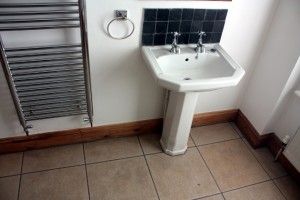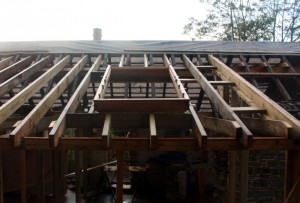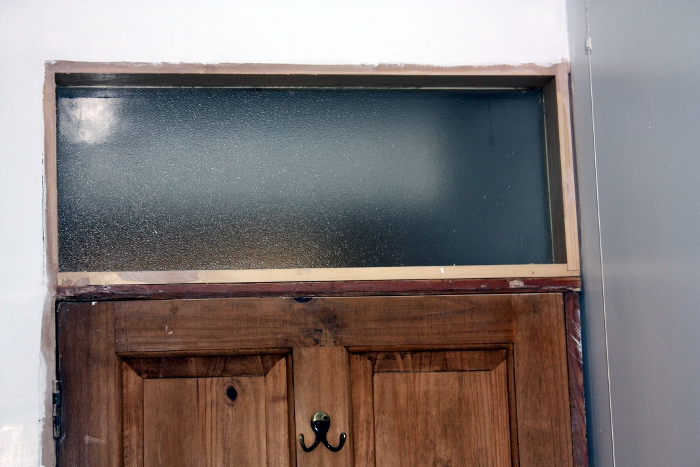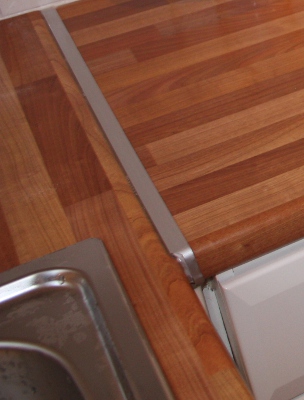First fix and second fix carpentry
What is ‘first fix’ and ‘second fix’ carpentry?
‘1st fix’ and ‘2nd fix’ are terms used in the construction industry. In carpentry, the first fix usually refers to structural work, which is done before the plastering of a property. This would include building the wall studding, roof struts, door frames and floor joists, for example. The second fix carpentry is the finishing work, usually done after the plastering. This may be done by the same or a different carpenter and would include fixing architrave, window boards, floor boards and skirting.
The division into ‘first fix’ and ‘second fix’ comes from the number of phases needed to finish a job. After the first fix, a carpenter would normal stop work to allow other trades people to work. For example, the electricians may lay cables or the plumbers may fix pipes in the roof, walls and floor. When this work is complete, the carpenters can then continue with the second fix work. Carpenters may go off site in between the first fix and second fix. However, on big projects, they will often stay on site and do alternative carpentry work while the other trades finish their tasks.
Some carpenters only do first fix or second fix work. However, at Oliver Gibbs Carpentry & Joinery, we do first fix and second fix work, and we can help project manage other professionals in the different phases of the work. Photos of our 1st fix and 2nd fix work can be found here. To discuss your building project in Shropshire or for a free carpentry and joinery quote, do contact us at our Shrewsbury office.
Have further questions about first fix and second fix work? Post your carpentry and joinery questions below and we’ll try to answer them.





0 Comments